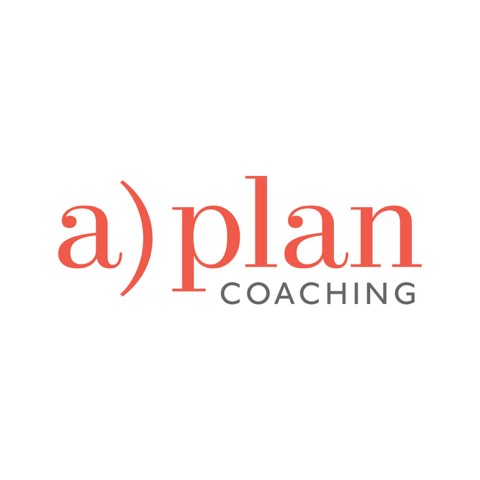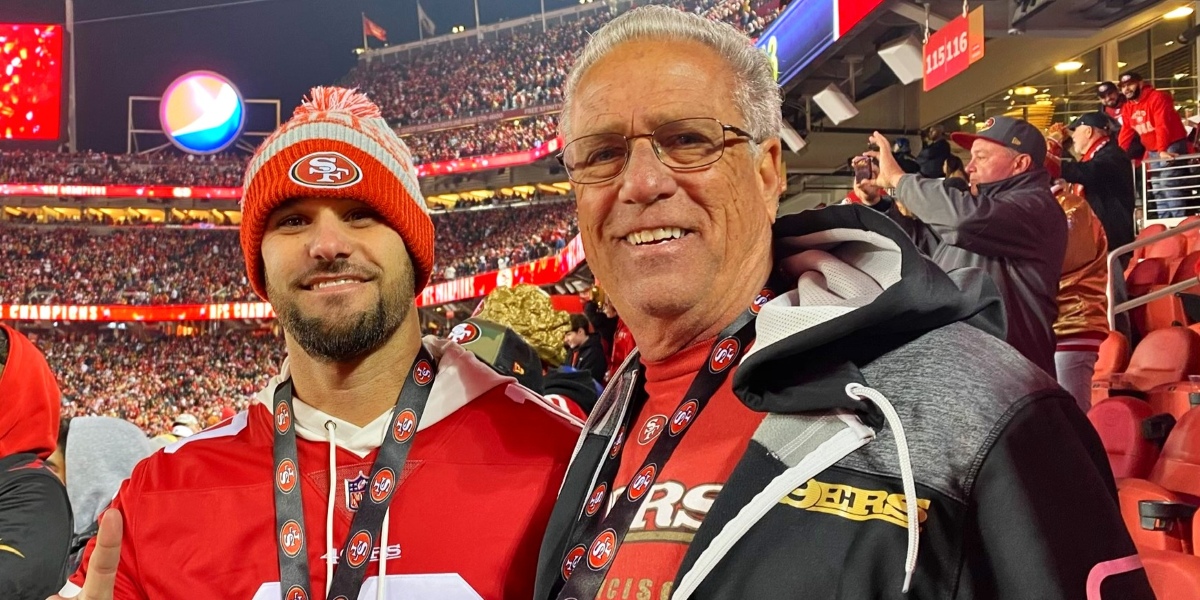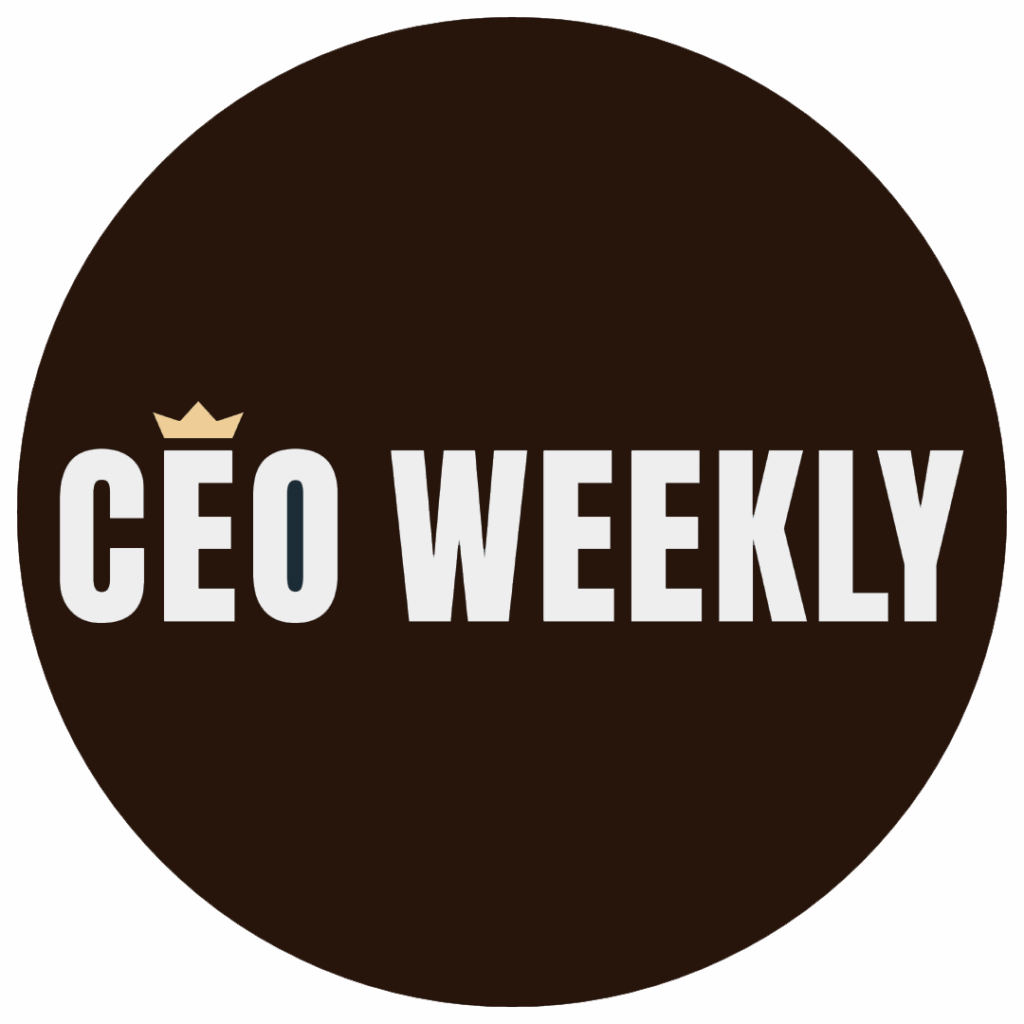By: Matt Emma
When Sara Ellis Conant, co-founder and CEO of a)plan coaching, talks about the return on investment (ROI) of coaching, she’s not speaking in vague platitudes or unsubstantiated promises. She’s referring to a well-structured, intentional process that can translate human growth into business outcomes. “Productivity is simply accomplishing goals,” Ellis Conant says. “And that’s exactly what coaching aims to help people do.”
In an era where employment engagement, retention, and performance are under constant scrutiny, a)plan’s roadmap to ROI offers an answer to a lingering question in boardrooms across industries: “How do we justify the investment in coaching?” a)plan coaching’s answer is always: start with the individual, and build from there.
a)plan’s ROI roadmap begins with the individual employee and ends with measurable organizational outcomes. The firm has developed a conservative estimate suggesting a potential 4x financial return on coaching, driven specifically by improvements in retention and productivity, two of the most costly and consequential business metrics.
These aren’t just speculative guesses. Their methodology is built on empirical data and well-documented outcomes. For example, if coaching leads to just a 5% improvement in a mid-to-senior-level employee’s performance, the return could amount to thousands in value annually. Add to that the cost savings from retaining key employees (often significantly more than an employee’s annual salary) and the picture becomes clearer: coaching, when executed with a plan, can more than pay for itself.
In one hypothetical example, a)plan calculated that a single coached employee could generate $48,850 in value per year, while costing no more than $12,000, a clear 4x ROI. This estimate is notably conservative. A study on executive coaching cited an astonishing 788% ROI, suggesting that when done right, coaching can unlock massive value.
One of the most common objectives a)plan hears from organizations is, “What if no one uses it?”
A fair concern it is, especially when companies roll out benefits only to find them being underutilized. That’s why engagement is a cornerstone of a)plan’s design. “Our model is built to encourage engagement from day one,” Ellis Conant explains. “You have a coach in your pocket, literally!”
That pocket coach comes in the form of a sleek, image-rich app designed to be both personalized and delightful. Users can access a customized content library and track goals visually with supportive reminders. They can also submit a gratitude photo to be featured on the homepage. The platform meets users where they are, offering more than a digital coaching tool. It’s a day-to-day reminder that their employer cares.

And for executive sponsors, a real-time dashboard provides visibility into coaching engagement. If someone hasn’t scheduled their sessions, that’s visible. If sessions are being forfeited, it prompts a follow-up. “We don’t want our customers to pay for coaching that’s not being used,” Ellis Conant shares. “This dashboard lets the sponsor make sure the coaching benefit is going to the right people and being put to work.” It’s a stick and a carrot approach: accountability through visibility, and motivation through beautiful, engaging design.
At the core of a)plan’s offering is its proprietary coaching method, with a three-step process Ellis Conant’s father developed: Vision, MAP, and Act.
Vision begins by helping clients articulate what they want (personally and professionally). Whether it’s hitting a sales goal or healing a relationship, a)plan believes in a holistic approach. “It’s a misnomer that employees can separate their personal and professional lives,” Ellis Conant says. “When people thrive personally, they perform better professionally.”
MAP (Multiple Action Plans) is about strategy. “When people hit a roadblock, they often assume they’re stuck,” she explains. “But there’s always another route.” Coaches work with clients to explore new approaches and open up previously unseen possibilities.
Finally, Act is the commitment, because insight without action is not effective. Every coaching session ends with a step forward: a conversation to have, a decision to make, a plan to execute.
This process moves individuals forward while building the muscle of goal achievement. And when individual goals align with organizational objectives, the return becomes significantly more impactful.
The broader case for coaching becomes even more compelling when one considers third-party research. For instance, McKinsey found that employees with low well-being are substantially more likely to leave their jobs. Gallup calculated that disengaged employees cost companies over $60 million annually in lost productivity. On the positive side, Harvard Business Review revealed that a high sense of belonging results in a marked improvement in performance and a significant reduction in turnover risk.
These findings mirror what a)plan sees every day: coaching boosts happiness, belonging, and engagement, which ultimately contribute to real business outcomes.
“When employees feel like their company is investing in them as a whole person, not just as a worker, they tend to stay longer,” Ellis Conant confirms. “They work harder. They care more. And that’s not fluff. That’s a potential competitive advantage.”
And sometimes, the coaching process helps employees discover that they’re not in the right place. That’s valuable too. “You don’t want someone working for you who would rather be somewhere else,” she adds. “Helping them realize that through coaching, they might feel like a loss, but it’s a win in the long run.”
Coaching is not a magic trick: it’s a structured, measurable tool to unlock human potential. With a clear roadmap and data to back it up, a)plan has been created to create a scalable way to turn personal growth into company growth.
Disclaimer: The financial returns and outcomes referenced in this article are based on estimates and examples provided by a)plan coaching and other sources. Actual results may vary depending on individual circumstances, the specific coaching program, and various factors unique to each business. The information provided should not be construed as a guarantee of any particular result or financial outcome. Readers should consider their unique situation and consult with a professional before making any decisions related to coaching investments.









